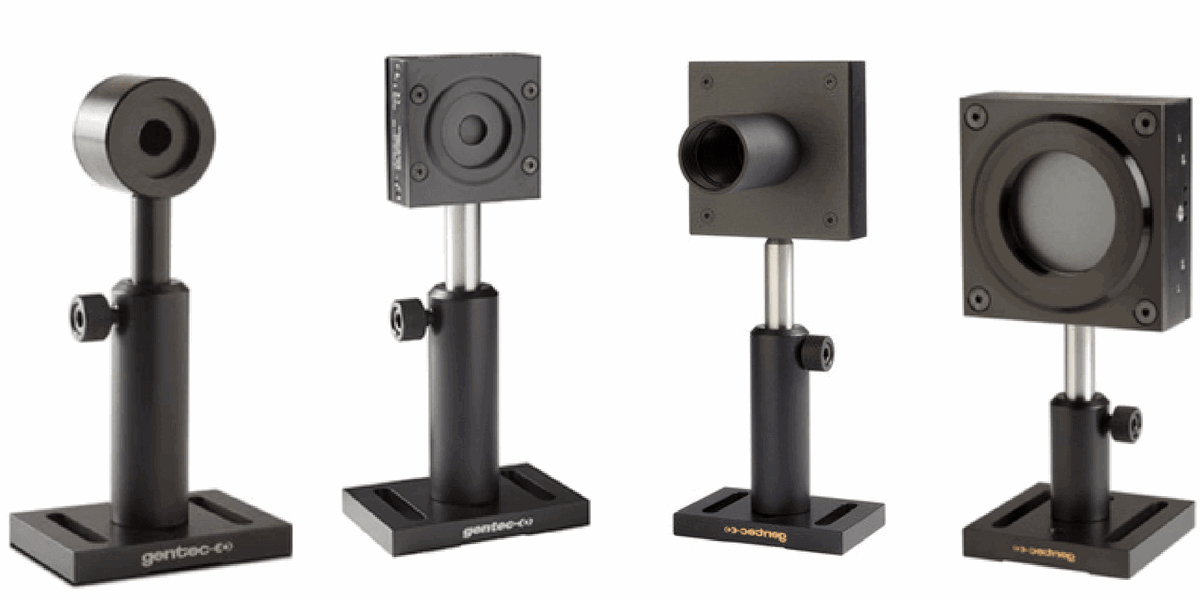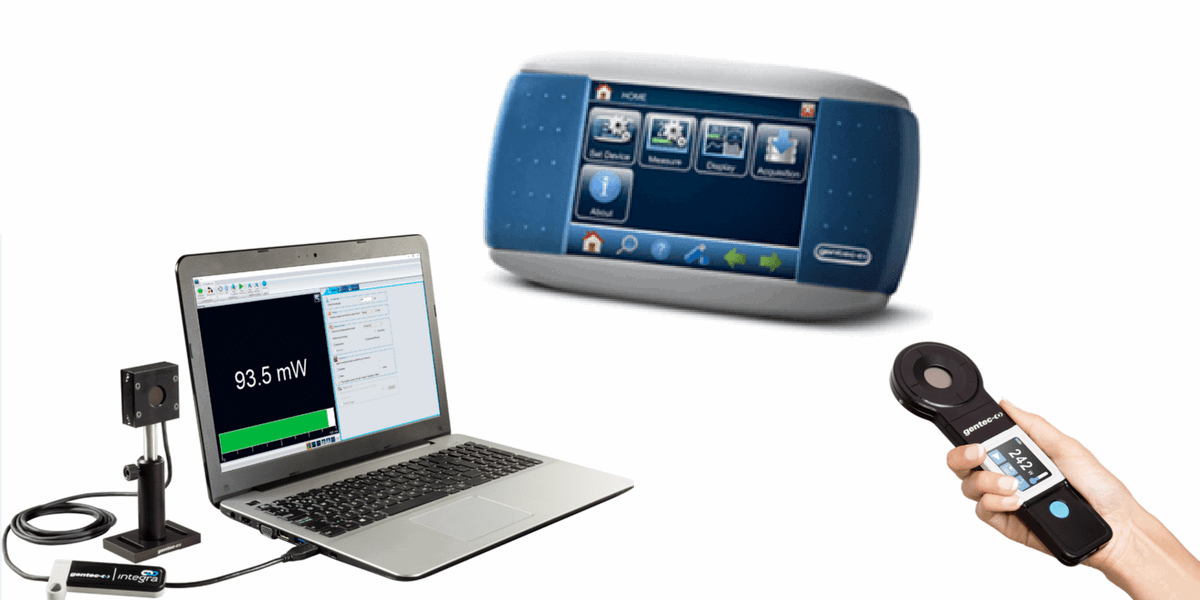Laser power measurement: how to choose the right device?
Sunday, December 10, 2023
Sunday, December 10, 2023
You’re driving at 100 km/h in a 100 km/h zone, you just crossed a radar that checks your speed and automatically sends tickets. You know that you are safe because the speed reading on your car is accurate. This is a life expectation that we have from reliable measurement devices.
Are you as confident with your laser power meter? How do you feel when you turn the laser on your power meter? Do you feel confident it will not burn your sample? Are you confident about the measurement accuracy?
Fear no more!
Let’s see in simple steps how to correctly choose your laser power measurement device in no time.
The first step to get an accurate measurement is that you use the right detector. Our product finder should be a natural reflex to make sure that the power meter you have or the one you are about to buy is the right one.


It will prompt you to enter specifications about the laser you want to measure.
Keep in mind that the laser average power is the most important factor to determine which power detector you’ll use, because heat dissipation must be managed by conduction, fan cooling or water cooling.
Ensure you purchase the most optimal solution for your measurement needs with this checklist.
Download it now, it's helpful and free!
Another important factor to be considered is the beam size. The ideal beam area is 80% of the head aperture. We do not recommend using a beam smaller than 10% of the aperture size. A beam larger than the aperture would induce measurement errors since the casing will absorb some of the heat.
When looking for a laser power detector, it is important to know at which wavelength it will be used. As a matter of fact, the different types of detector technologies that exist react differently to various wavelengths.
Some detectors are very broadband and can react to a wide range of wavelengths, whereas others only work for a restricted range of wavelengths. Silicon photodiodes, for example, are very sensitive to visible wavelengths, but will not work in the deep UV or in the far infrared.
Whether you use our product finder or you browse through our website, you will notice that there are many different kinds of absorbers. To follow the evolution of the ever-growing world of lasers, we have developed detectors with a variety of materials that expand our measurement range in terms of damage thresholds and power levels.
Here is a quick overview of which types of absorbers that we recommend according to your laser:
Low power lasers: Photodiodes are the way to go for power from nanowatts to 800 mW.
Continuous lasers and C02 lasers: H absorber is the way to go. It is very difficult to damage and it works well with pulsed lasers too.
Tightly focused lasers with average power under 50W: W absorber can resist drilling made by a DPSS laser or many lasers that damage everything. It has the best power density damage threshold and is ideal when you cannot expand the beam size.
Pulsed lasers with average power over 50W but under 200W: QED absorber is a volume absorber that takes on a double role. First, it diffuses the beam so it spreads the density on a larger surface. Second, it reflects part of the beam so some of the power is attenuated. Ideal for Q-Switch lasers with high energy and low repetition rates.
Pulsed lasers with average power over 200W: The H12 or HD absorber can withstand the energy density generated by a 1kW femtosecond laser or the power density from a high-power laser up to 120kW.
Now that you have a detector, how do you want to get the read-out? You’ll need to convert the detector’s signal into the actual measured value, in watts. The electronics that do this conversion are included in a device called a meter.

Laser power meters can take on many forms, depending on your needs. They can be PC-based to be used with a software for data acquisition. They can include a display, for example, if you want to see the measurement results in real-time on your optical bench. They can even be wireless and communicate with your phone or computer to send out the measurements.
Alternatively, you may consider an all-in-one laser power measurement device, such as our Pronto series, which give you a power measurement reading in just 5 seconds for powers up to 10kW with down to 3% uncertainty.
We recommend that you choose your power meter after you determined which detector best fits your needs and not the other way around. The reason is that not all meters are compatible with all detectors. You’ll find it easier this way.
With this information in hand, I think you will be able to choose a laser power measurement device wisely. If you have any questions, do not hesitate to contact one of our laser beam measurement experts!